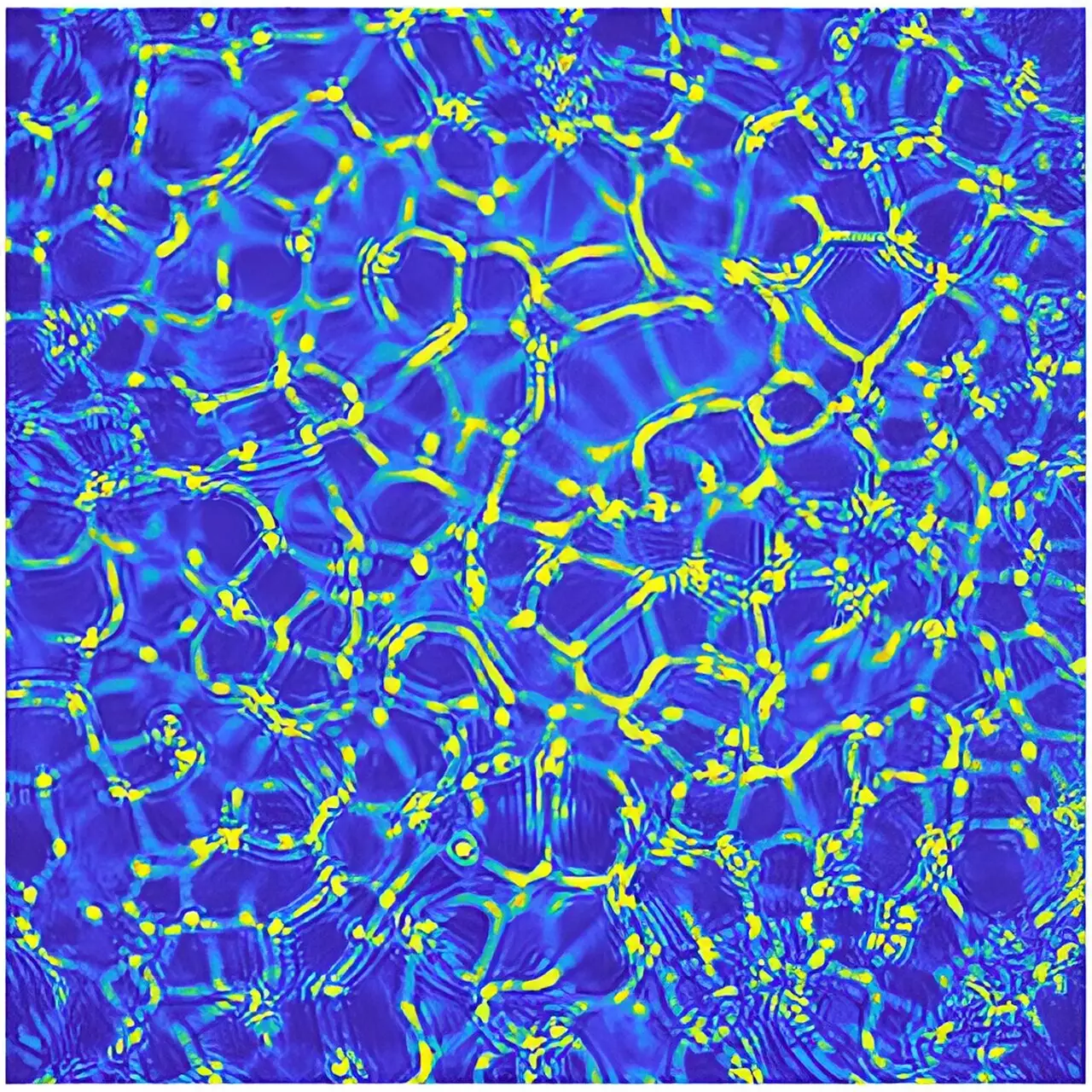Convective stability is a captivating area of study within fluid dynamics, involving the transition of fluids from a stable state to an unstable one under certain conditions. Historically, this phenomenon has been the cornerstone of many natural processes and technological applications. Its intricate principles were first delineated by Lord Rayleigh approximately 140 years ago, marking a significant advance in our understanding of fluid systems. The classical Rayleigh-Taylor instability, exemplified by volcanic eruptions, nuclear explosions, and other scenarios where two immiscible fluids interact under gravitational forces, is monumental in illustrating this concept.
Recently, a groundbreaking study has surfaced that challenges traditional notions of convective stability. This new research, emerging from collaborations with experimental physicists at the University of Milan, reveals a unique instability mechanism, diverging from the well-established Rayleigh-Taylor model.
A Novel Experimental Discovery
In a significant departure from past methodologies, the researchers introduced a compelling variant of fluid interaction. Contrary to the Rayleigh-Taylor scenario where lighter fluids are positioned above denser fluids, the experiment ingeniously employed a heavier fluid—glycerol—beneath a lighter one—water. This configuration initially seemed gravitationally stable, leading many to question the likelihood of observed instabilities. However, the introduction of silica nanoparticles revealed a striking dynamism: these particles tend to migrate upwards, aiming to reduce their interfacial energy—a phenomenon is known as diffusiophoresis.
As the silica nanoparticles diffused into regions less concentrated with glycerol, they inadvertently induced localized density changes within the upper fluid layer. This unexpected movement led to the formation of denser regions in a light liquid, prompting downward gravitational forces to react against these newly formed structures. Ultimately, this initiated a hydrodynamic instability, a remarkable finding that diverges from the expectations set by traditional fluid dynamics.
The experiments employed optical techniques to visualize this complex interplay. Researchers found that the samples exhibited a peak in the structure factor upon exposure to light, signaling the presence of density patterns emerging as colloids aggregated into “arms” of concentrated particles. This network, marked by bright fluorescence against darker regions, symbolized the stark contrast between colloid-rich and colloid-poor areas, ultimately leading to a complete phase separation over extended periods.
Mathematically, the researchers modeled this intriguing phenomenon through coupled diffusion equations, seamlessly integrating the behavior of nanoparticles with that of glycerol. By establishing a framework utilizing the Rayleigh number, they could predict the onset of this unique convective instability under varying conditions—a significant contribution to our understanding of fluid dynamics.
This newly uncovered convective instability harbors vast potential across numerous domains. In materials science, the ability to control the coagulation of nanoparticles could pave the way for the innovation of microscopically structured materials, refining methodologies like sol-gel processes. These advancements may yield materials with tailored internal structures, enhancing their properties for various applications.
Furthermore, the implications extend beyond material manufacturing. This instability could revolutionize the process of separation in industrial and pharmaceutical applications, specifically regarding the extraction of valuable compounds or the purification of fluids by removing colloidal contaminants such as microplastics. The environmental ramifications of this technique offer a promising avenue for addressing current pollution challenges in waterways.
Moreover, this convective effect may illuminate biological phenomena, such as the vivid patterns appearing in animal skin—think zebras and colorful tropical fish. Understanding the physics behind these natural colorations could contribute to a wider comprehension of biodiversity and evolutionary adaptations.
The discovery of this novel convective instability represents a significant step forward in both theoretical and experimental fluid dynamics. Marching beyond the legacies left by Rayleigh, it opens new avenues for research, technology, and environmental science. As we stand on the brink of innovative applications and deeper understanding, the collaborative efforts of physicists and engineers highlight the dynamic nature of scientific inquiry, revealing only a fraction of the complexities that govern our natural world. This work is a reminder of the continuous quest for knowledge, where even seemingly established concepts can be redefined through innovative experiments and advanced mathematical modeling.


Leave a Reply